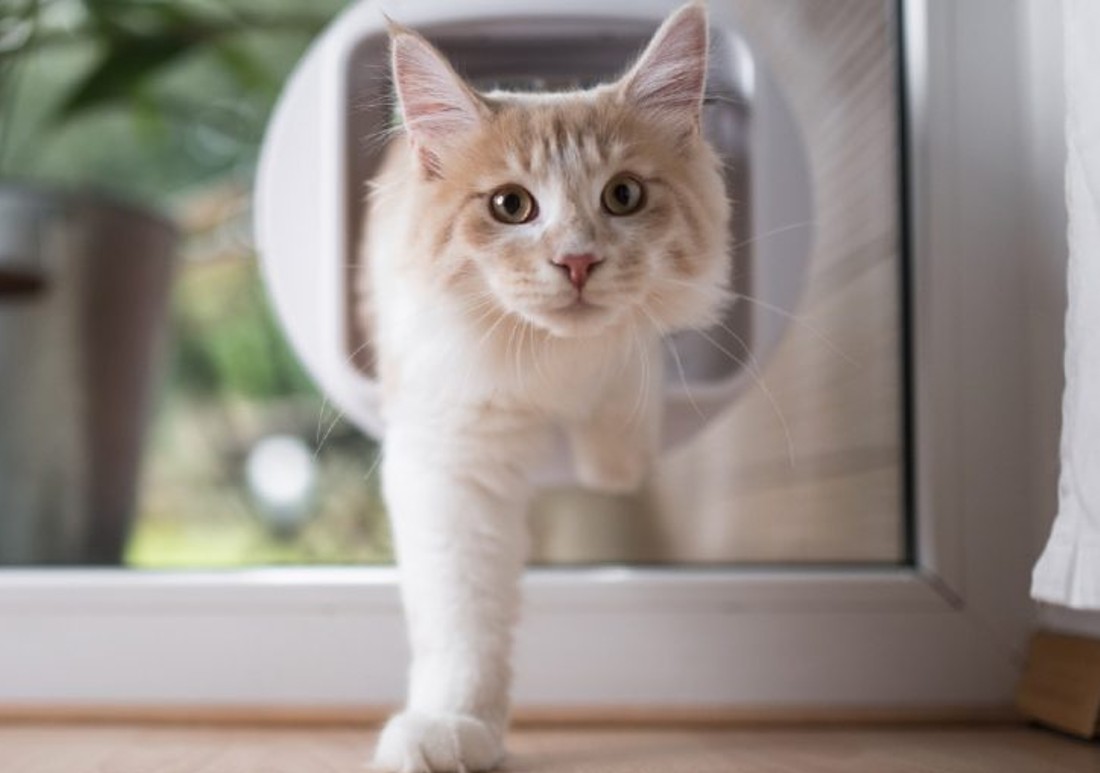How Long Can a Cat Go Without Water?

If you’ve ever owned a cat, you probably know they can be a little…picky. From their favorite spot on the couch to the exact way they want their food served, cats like things just right. But have you ever thought about their water habits? It’s easy to assume they’re hydrating as they should be, but just how long can cats go without water before things get risky?
Let’s dive into this crucial aspect of feline care—keeping your cat properly hydrated.
The Short Answer: Cats Can Survive 3-4 Days Without Water
The general rule is that cats can survive for around 3-4 days without water. However, just because they can survive that long doesn’t mean they should. After even a single day without water, your cat can start to experience signs of dehydration, which can lead to some serious health problems.
But the real question is: why is staying hydrated so important for cats?
Why Cats Need Water (Even If They Don’t Think So)
Cats are notoriously bad at drinking water. This stems from their wild ancestors, who were desert animals. Those wildcats got most of their moisture from the prey they ate, so they didn’t need to drink water as frequently. Even though today’s housecats aren’t out hunting in the desert, they’ve held onto some of those traits.
In the wild, cats would get a lot of their hydration from raw meat, which is about 70-80% water. If your cat primarily eats dry kibble (which contains only about 10% water), they need to drink more water to make up for what’s missing in their diet.
Without enough water, your cat can face:
- Kidney problems: Dehydration puts extra strain on their kidneys, leading to issues like kidney stones or urinary tract infections (UTIs).
- Digestive troubles: Water helps with digestion, and a lack of it can cause constipation or other gastrointestinal issues.
- Overall lethargy: Dehydration can make your cat feel sluggish and tired, leading to lower energy levels and mood changes.
Signs Your Cat Might Be Dehydrated
Since cats are such independent creatures, it’s not always obvious when something is wrong. That’s why it’s crucial to look for subtle signs of dehydration, especially if you’ve noticed your cat isn’t drinking as much as usual.
Some common signs include:
- Dry gums or nose: If your cat’s gums or nose feel dry to the touch, it’s a strong indicator they’re dehydrated.
- Sunken eyes: Dehydration can cause their eyes to look dull and slightly sunken.
- Loss of skin elasticity: A quick test to check for dehydration is gently pulling up the skin at the back of your cat’s neck (where you’d scruff them). If it snaps back quickly, they’re hydrated. If it slowly returns to place, they’re likely dehydrated.
- Decreased appetite or urination: Cats that aren’t drinking enough may also lose their appetite or urinate less frequently.
If your cat shows any of these signs, it’s important to encourage them to drink more water and consider consulting your vet, especially if the symptoms persist.
How to Get Your Cat to Drink More Water
Now that we’ve established how important water is, let’s tackle the tricky part: getting your cat to actually drink it. Cats can be pretty stubborn, but there are a few tried-and-true tricks you can use to boost their water intake:
- Invest in a cat water fountain: Cats love running water. Many prefer it over a still bowl because it reminds them of moving water in the wild, which is typically fresher. A water fountain can be a great investment to encourage more drinking.
- Try different bowls: Believe it or not, the type of bowl you use matters. Some cats are picky about the material (ceramic, stainless steel, glass) or the size and shape. Experiment with different ones to see if your cat has a preference.
- Wet food diet: If your cat isn’t a big fan of drinking water, try feeding them wet food, which has a higher water content. Even if they’re still reluctant to drink from the bowl, they’ll at least be getting some hydration from their food.
- Flavor the water: You can add a little bit of tuna juice (from tuna packed in water) or low-sodium chicken broth to their water to make it more enticing. Just be sure it doesn’t contain any harmful ingredients like onions or garlic.
- Place bowls in multiple locations: Sometimes, cats won’t drink if their water bowl is too close to their food, or they may just prefer having options. Try putting water bowls in a few different spots around your home.
What If My Cat Won’t Drink Water?
If your cat absolutely refuses to drink water despite your best efforts, it’s time to call the vet. They may need to test for underlying health issues that could be affecting your cat’s ability to drink. In some cases, your vet might recommend fluid therapy to rehydrate your cat and help get them back on track.
Final Thoughts
Cats might not seem like they need as much water as other animals, but staying hydrated is just as crucial for their well-being. While they can survive for a few days without water, dehydration can set in much sooner and lead to serious health risks.
Keep an eye on your cat’s drinking habits, and try out some of the tips above to encourage better hydration. A happy, healthy cat is one that stays well-hydrated—so don’t forget to fill up that water bowl.
Your Pet’s Best Interest, Always
At Pet Institute, we take pet care seriously. We're dedicated to transparency, impartiality, and the well-being of your pets in every article, review, and recommendation we provide. Our unwavering commitment to these principles ensures that you, our valued reader, always receive reliable and unbiased information. Let us be your trusted guide in the world of pet care and companionship.